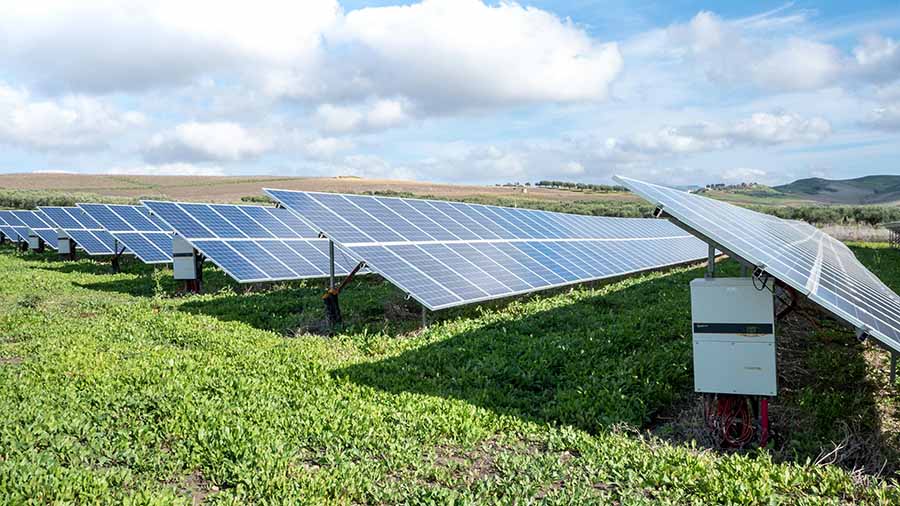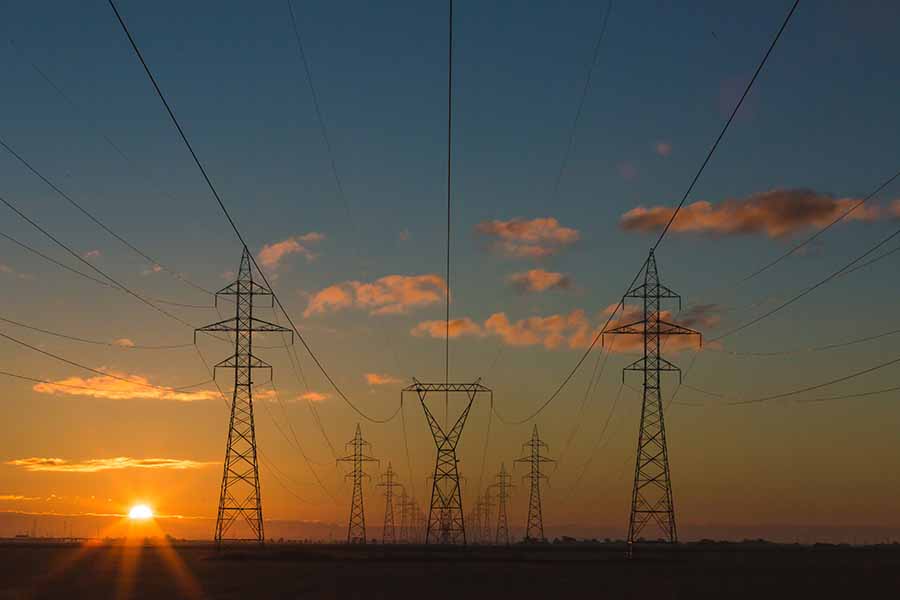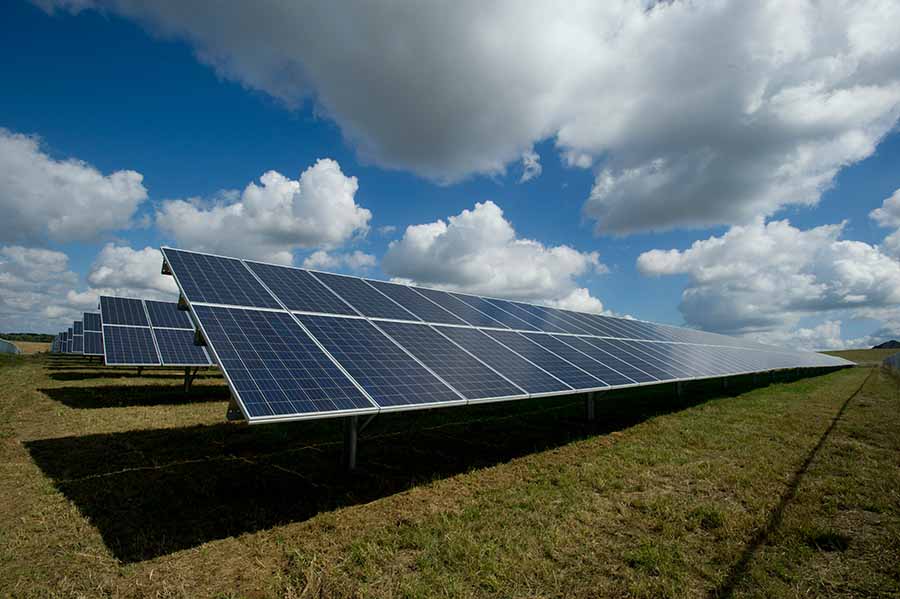Harnessing the Power of the Sun: Exploring Different Types of Solar Batteries
In a world increasingly concerned about sustainability and environmental impact, solar energy has emerged as a shining beacon of hope. Solar panels have become a common sight on rooftops and in large-scale solar farms, providing clean and renewable energy. However, to make the most of this energy source, efficient storage solutions are crucial. Enter solar batteries. In this blog post, we will explore different types of solar batteries that play a pivotal role in capturing and storing solar energy for later use.
-
Lead-Acid Batteries
Lead-acid batteries have been around for a long time and are a well-established technology for storing electrical energy. These batteries consist of lead dioxide (positive electrode), sponge lead (negative electrode), and a diluted sulfuric acid solution as the electrolyte.
They are known for their affordability and reliability, making them a popular choice for solar energy storage.
Pros:
- Cost-effective.
- Readily available.
- Proven technology with a long history of use.
- Suitable for off-grid and backup power systems.
Cons:
- Limited depth of discharge (DoD).
- Require regular maintenance.
- Heavier and bulkier than some newer technologies.
- Sensitive to temperature fluctuations.
-
Lithium-Ion Batteries
Lithium-ion batteries have gained immense popularity in recent years due to their high energy density and efficiency. These batteries are commonly found in everyday devices like smartphones and laptops. When it comes to solar energy storage, lithium-ion batteries offer numerous advantages.

Pros:
- High energy density, providing more storage capacity in a compact form.
- Long cycle life.
- Low self-discharge rate.
- Minimal maintenance required.
- Fast charging and discharging capabilities.
- Suitable for both grid-tied and off-grid solar systems.
Cons:
- Relatively higher initial cost.
- Some lithium-ion chemistries can be sensitive to overcharging and overheating.
- Environmental concerns over raw material extraction and disposal.
-
Flow Batteries
Flow batteries are a unique and promising technology for large-scale energy storage. They use two tanks of electrolyte solutions, separated by a membrane. During charging and discharging, the electrolytes flow through the membrane, producing electricity.
Pros:
- Scalable for large installations.
- High energy capacity.
- Long cycle life.
- Improved safety due to separated reactants.
- Minimal degradation over time.
Cons:
- Larger physical footprint.
- Higher upfront cost.
- Limited adoption in residential and small-scale applications.
-
Sodium-Ion Batteries
Sodium-ion batteries are an emerging technology that aims to address some of the limitations of lithium-ion batteries. They use sodium ions instead of lithium ions for energy storage.
Pros:
- Abundant raw materials.
- Potentially lower cost compared to lithium-ion batteries.
- Suitable for high-temperature environments.
- Less environmental impact.
Cons:
- Limited commercial availability and maturity.
- Lower energy density compared to lithium-ion batteries.
- Longer development time needed to match the performance of lithium-ion batteries.
As the demand for clean and sustainable energy solutions continues to grow, so does the need for effective energy storage. Solar batteries come in various types, each with its own set of advantages and disadvantages. The choice of a solar battery should depend on factors such as budget, system size, expected lifespan, and environmental considerations.
While lead-acid batteries have a long history of use and affordability, lithium-ion batteries offer higher efficiency and a longer cycle life, making them a popular choice for many homeowners. Flow batteries and sodium-ion batteries, though less common, show promise for large-scale applications and specialized use cases.
Ultimately, the evolution of solar battery technology will play a pivotal role in the transition to a cleaner and more sustainable energy future. As research and development in this field continue, we can look forward to even more innovative and efficient solar energy storage solutions.




